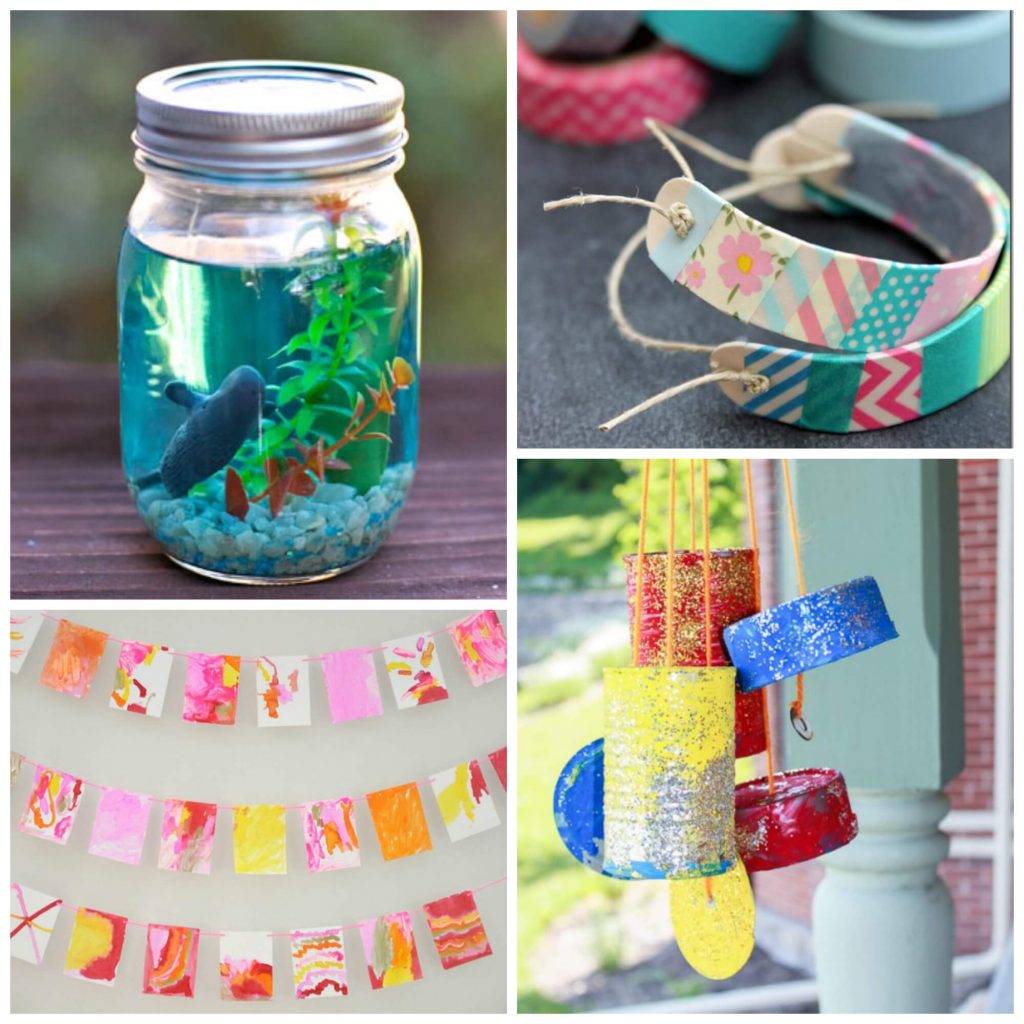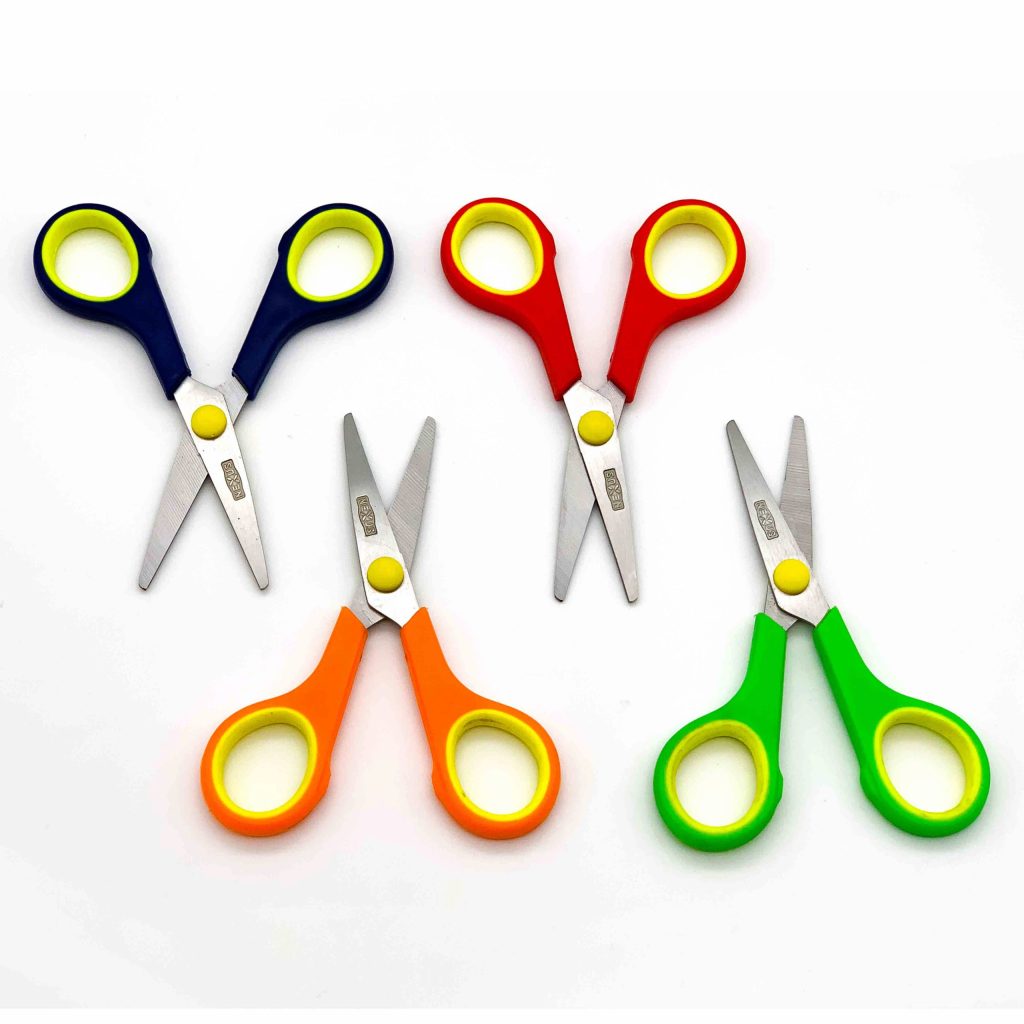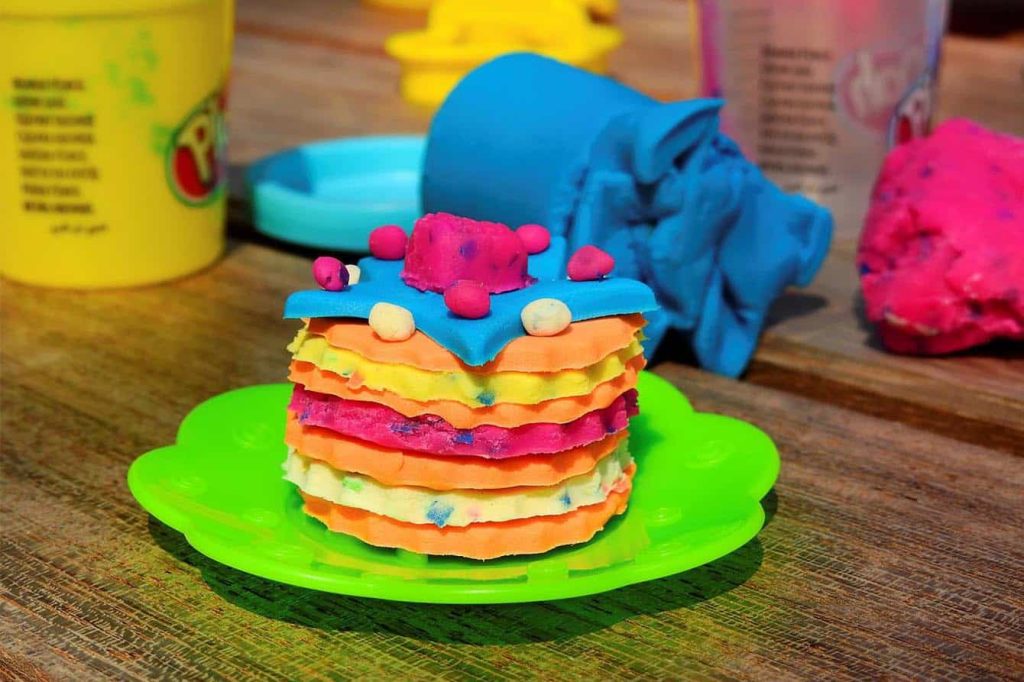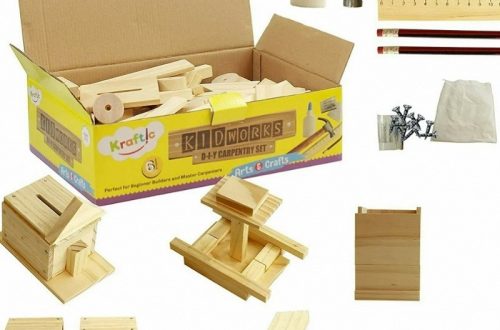I. Intro
Creativity plays a vital role in the development of young children, sparking their imagination and fostering cognitive, emotional, and social skills. Engaging in arts and crafts activities is an excellent way to enhance their creativity while having fun. This article aims to provide guidance on choosing age-appropriate arts and crafts activities for 4-year-olds, suggest ideas for projects, offer tips for successful sessions, and highlight the importance of using safe materials.

II. Choosing age-appropriate arts and crafts activities
When selecting arts and crafts activities for 4-year-olds, it is crucial to consider their developmental stage and abilities. At this age, children are refining their fine motor skills and exploring the world through their senses. Therefore, activities that encourage these areas of development are ideal.
A. Fine motor skills development
Fine motor skills development is a crucial aspect of a child’s growth, as it involves the coordination and control of small muscles in their hands and fingers. Engaging in arts and crafts activities can effectively enhance these skills. Activities such as cutting paper, tearing shapes, and using child-safe scissors help strengthen hand-eye coordination and dexterity. Manipulating small objects like buttons or beads helps refine the pincer grip. Crafts that involve threading beads onto strings or lacing cards with shoelaces encourage finger strength and precision. Additionally, using tweezers to pick up objects promotes finger control and concentration. These activities not only enhance fine motor skills but also foster creativity and cognitive development.
B. Sensory exploration
Sensory play is a vital component of early childhood development, as it allows young children to engage their senses and explore the world around them. Arts and crafts activities provide excellent opportunities for sensory play. Finger painting, for example, allows children to experience the tactile sensation of paint on their fingers and the visual delight of creating colorful artwork. Working with playdough offers a chance to mold, squish, and shape, enhancing their tactile perception. Creating collages using various materials like fabric, paper, or natural elements allows children to explore different textures, colors, and patterns, stimulating their sense of touch and visual aesthetics. These sensory experiences contribute to their overall sensory development and provide a platform for self-expression and creativity.

III. Supplies and materials
Using safe and appropriate materials is crucial when engaging in arts and crafts activities with 4-year-olds. Here are some considerations for selecting supplies:
A. Safe and non-toxic materials
When engaging in arts and crafts activities with 4-year-olds, it is crucial to prioritize their safety by ensuring that all materials used are child-safe and non-toxic. Look for art supplies labeled as specifically designed for children and free from harmful substances such as lead or toxic chemicals. Non-toxic paints, glues, and markers are widely available in art stores and online, making them suitable choices for young children. By using these safe materials, parents and educators can have peace of mind while allowing children to explore their creativity and express themselves through art.
B. Basic supplies for 4-year-olds
When preparing for arts and crafts activities with 4-year-olds, it’s important to have a variety of essential supplies on hand. Child-safe scissors are essential for practicing cutting skills without the risk of injury. Non-toxic paints and brushes allow children to explore color mixing and create vibrant artwork. Washable markers and colored pencils provide options for drawing and coloring. Construction paper serves as a versatile canvas for various projects. Glue sticks make it easy for young children to adhere materials together. Playdough offers sensory play and sculpting opportunities. Lastly, craft materials like feathers, pom-poms, and sequins add texture and visual interest to creations, providing endless possibilities for creativity and exploration.

IV. Fun and engaging arts and crafts ideas
Getting creative with 4-year-olds can be a delightful experience. Here are some engaging arts and crafts ideas that can be enjoyed by both children and adults:
A. Finger painting and handprint art
Finger painting is a fantastic sensory activity that allows children to explore colors and textures. You can provide finger paints and large sheets of paper, encouraging them to experiment with different strokes and patterns. Handprint art is another exciting project where children dip their hands in paint and create imaginative artwork using their handprints as a base.
B. Collage and paper crafts
Collage-making offers endless possibilities for creativity. Provide children with a variety of materials like cut-out shapes, fabric scraps, buttons, and stickers. They can then glue these items onto a piece of paper, creating their unique masterpiece. Paper crafts, such as making paper chains, origami animals, or paper plate masks, are also enjoyable activities for 4-year-olds.
C. Playdough and clay creations
Playing with playdough and clay allows children to engage their imagination and improve their fine motor skills. Provide them with different colors of playdough and tools like rolling pins, cookie cutters, and plastic knives. Let them create their own shapes, animals, or even a mini playdough world. Working with clay provides a similar experience, allowing children to mold and shape their creations.

D. Nature-inspired crafts
Encourage children to explore the natural world by incorporating nature into their crafts. Collect leaves, flowers, or twigs during a nature walk and use them for projects like leaf rubbings, nature collages, or creating flower crowns. These activities not only promote creativity but also foster a connection with the environment.
V. Tips for successful arts and crafts sessions
To ensure that arts and crafts sessions with 4-year-olds are enjoyable and successful, consider the following tips:
A. Encouraging self-expression and decision-making
Allow children to make their own choices during the creative process. Encourage them to express their ideas and opinions, fostering their sense of autonomy and confidence.
B. Allowing for experimentation and creativity
Emphasize the process of creating rather than the end result. Let children experiment with different materials and techniques, even if it means deviating from the original plan. This fosters creativity and problem-solving skills.

C. Providing a supportive and positive environment
Create a safe and encouraging environment where children feel comfortable expressing themselves. Offer praise and encouragement for their efforts, focusing on their creativity rather than perfection.
VI. Conclusion
Engaging in arts and crafts activities is a fantastic way to nurture the creativity of 4-year-olds. By choosing age-appropriate activities, using safe materials, and providing a supportive environment, parents and educators can enhance children’s cognitive, emotional, and social skills while allowing them to have fun and explore their imagination. So, gather some supplies, get creative, and watch as their creativity blossoms!


